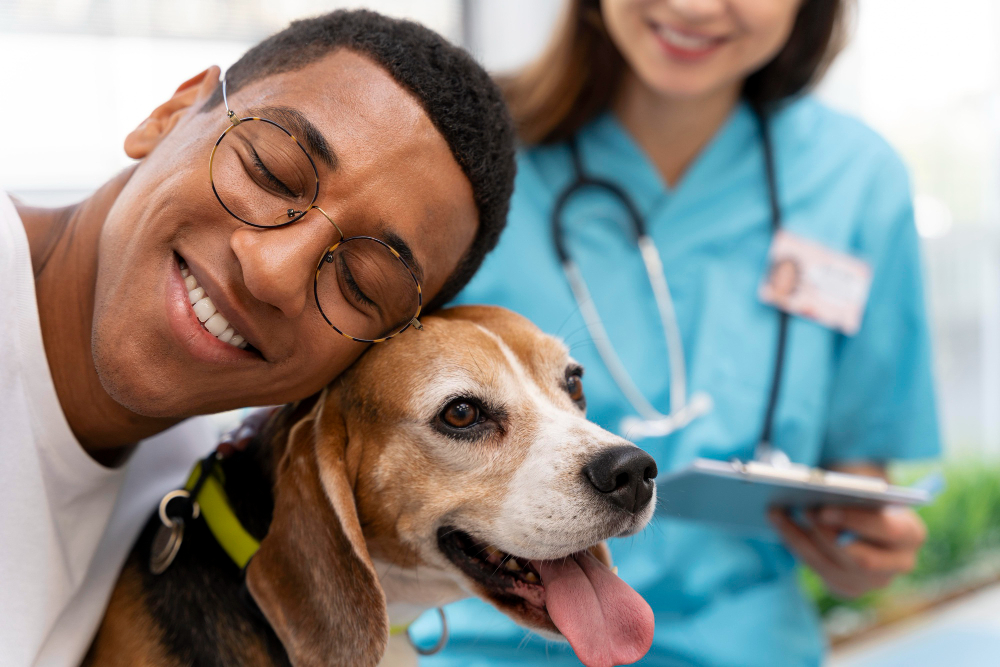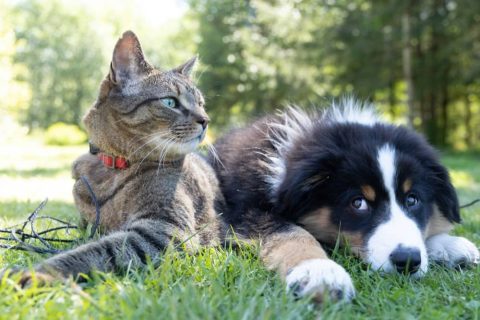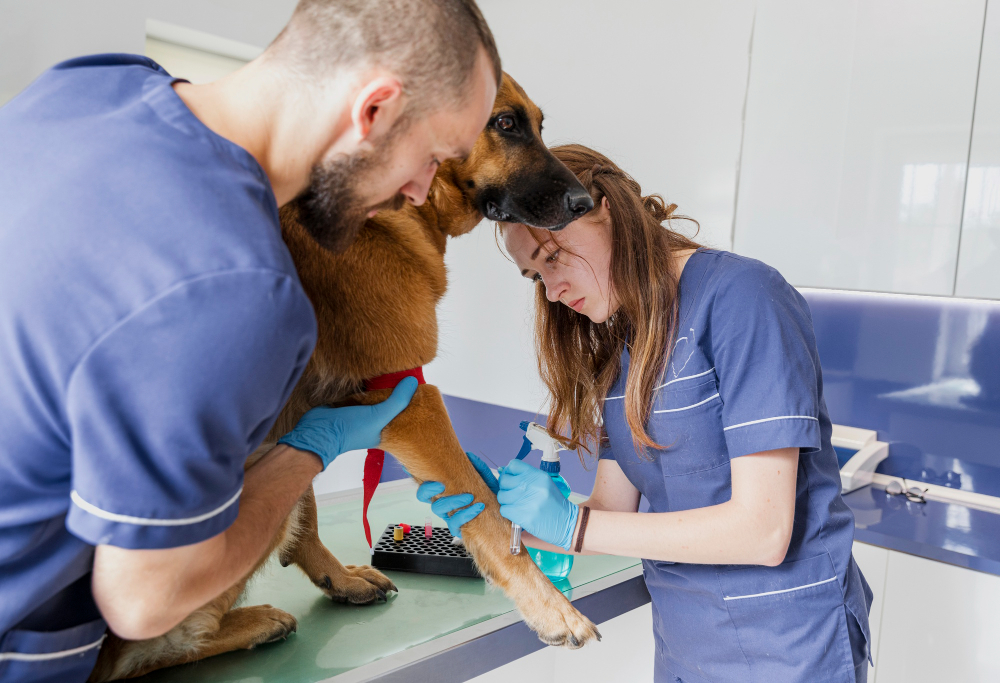As our loyal companions grow older, their needs begin to shift. Just like humans, senior dogs require extra care, attention, and patience to remain healthy, comfortable, and happy. Whether your dog is just entering their golden years or has been there a while, establishing a tailored care routine can significantly improve their quality of life.
In this guide, we’ll walk through practical tips and gentle reminders to help your aging dog stay active, pain-free, and emotionally supported.
Contents
- Recognizing When Your Dog Becomes a Senior
- Comfort Starts with the Right Environment
- Supporting Mobility and Exercise
- Feeding and Nutrition Adjustments
- Oral and Dental Care
- Grooming and Hygiene for Aging Dogs
- Regular Health Screenings and Vet Visits
- Managing Canine Cognitive Decline
- Emotional Wellness Matters Too
- Final Thoughts
Recognizing When Your Dog Becomes a Senior
Not all dogs age at the same pace. Smaller breeds may be considered senior at 8–10 years old, while larger breeds might show signs of aging by age 6 or 7. Some common signs include:
- Slower movement or stiffness when getting up
- Graying fur, especially around the muzzle
- Changes in appetite or sleep patterns
- Difficulty hearing or seeing
- Increased anxiety or confusion
Paying attention to these signs early helps you adapt their care before serious issues arise.
Comfort Starts with the Right Environment
Senior dogs often experience joint discomfort or arthritis. A few small changes can make a big difference:
- Provide a soft orthopedic bed that cushions joints
- Use non-slip mats on slick floors to prevent slips
- Consider ramps for stairs or furniture access
- Keep their favorite spaces warm, especially in colder months
Creating a stress-free space reduces injury risk and helps your dog rest better.
Supporting Mobility and Exercise
Exercise is still important—but needs to be gentle and consistent:
- Opt for shorter, more frequent walks
- Let them set the pace and avoid overexertion
- Include low-impact play like fetch on grass or indoor sniffing games
- Stretching or gentle massage can aid flexibility
Movement helps with digestion, weight management, and joint health. If your dog seems reluctant, a vet check can rule out pain-related issues.
Feeding and Nutrition Adjustments
Aging bodies require different fuel:
- Look for senior-specific dog food with joint support (like glucosamine and chondroitin)
- Watch their weight carefully—obesity worsens joint pain
- Add omega-3s to reduce inflammation
- Ensure consistent access to fresh water
Some older dogs develop food sensitivities. If you notice frequent itching or digestive issues, consider transitioning to the best pet food for dogs with skin allergies and consult your vet.

Oral and Dental Care
Dental issues are common in older dogs and can cause discomfort, infections, or even heart problems. Maintain oral health with:
- Weekly brushing using pet-safe toothpaste
- Dental chews that promote clean teeth
- Annual professional dental cleanings
Bad breath, swollen gums, or drooling can signal oral disease—and shouldn’t be ignored.
Grooming and Hygiene for Aging Dogs
As dogs age, grooming needs may increase:
- Brush more frequently to manage shedding and check for lumps or skin changes
- Bathe less often, using a gentle shampoo for sensitive skin
- Use tools like a pet grooming vacuum to remove excess fur without stress
A cleaner coat means healthier skin—and grooming time can also double as a bonding session.
For more practical tips, check out our full guide on Everyday Pet Care.
Regular Health Screenings and Vet Visits
Routine checkups become increasingly important:
- Schedule biannual wellness exams
- Monitor bloodwork, thyroid levels, and organ function
- Discuss mobility, cognitive changes, and dietary needs
Don’t wait for symptoms to appear—early detection improves treatment outcomes.
According to the American Kennel Club, senior wellness exams should include screening for arthritis, dental disease, and chronic conditions like kidney or liver issues.
Managing Canine Cognitive Decline
Older dogs can experience a form of dementia called canine cognitive dysfunction (CCD). Symptoms may include:
- Pacing or restlessness at night
- Seeming disoriented in familiar spaces
- Barking for no reason or getting “stuck” behind furniture
While CCD can’t be reversed, enriching your dog’s environment helps:
- Keep routines predictable
- Use food puzzles and light training to stimulate their mind
- Play calming music or use a white noise machine to aid sleep
If symptoms progress, your vet can recommend medication or supportive care options.
Emotional Wellness Matters Too
Don’t overlook your dog’s emotional world:
- Spend extra time cuddling or sitting nearby
- Offer soft toys or old favorites they still enjoy
- Keep interactions calm and reassuring
Your presence is comforting—even when words can’t be understood.
Final Thoughts
Senior dogs are full of wisdom, character, and loyalty. While they may move a little slower or nap a bit more, their love for you never fades. Caring for an aging dog is both a challenge and a privilege.
With thoughtful adjustments to diet, activity, and environment, your old friend can continue to enjoy their days in comfort and dignity. Whether it’s a walk in the park, a quiet grooming session, or a warm patch of sun on the floor—these moments matter.
Let’s make them count.
Further Reading:








